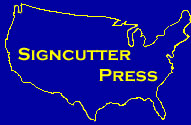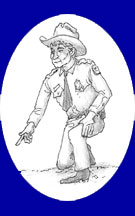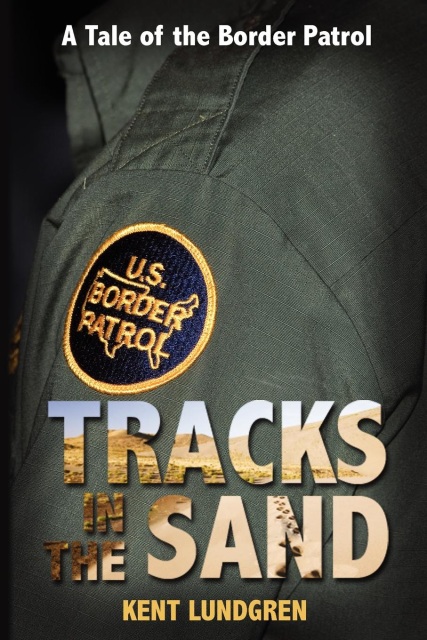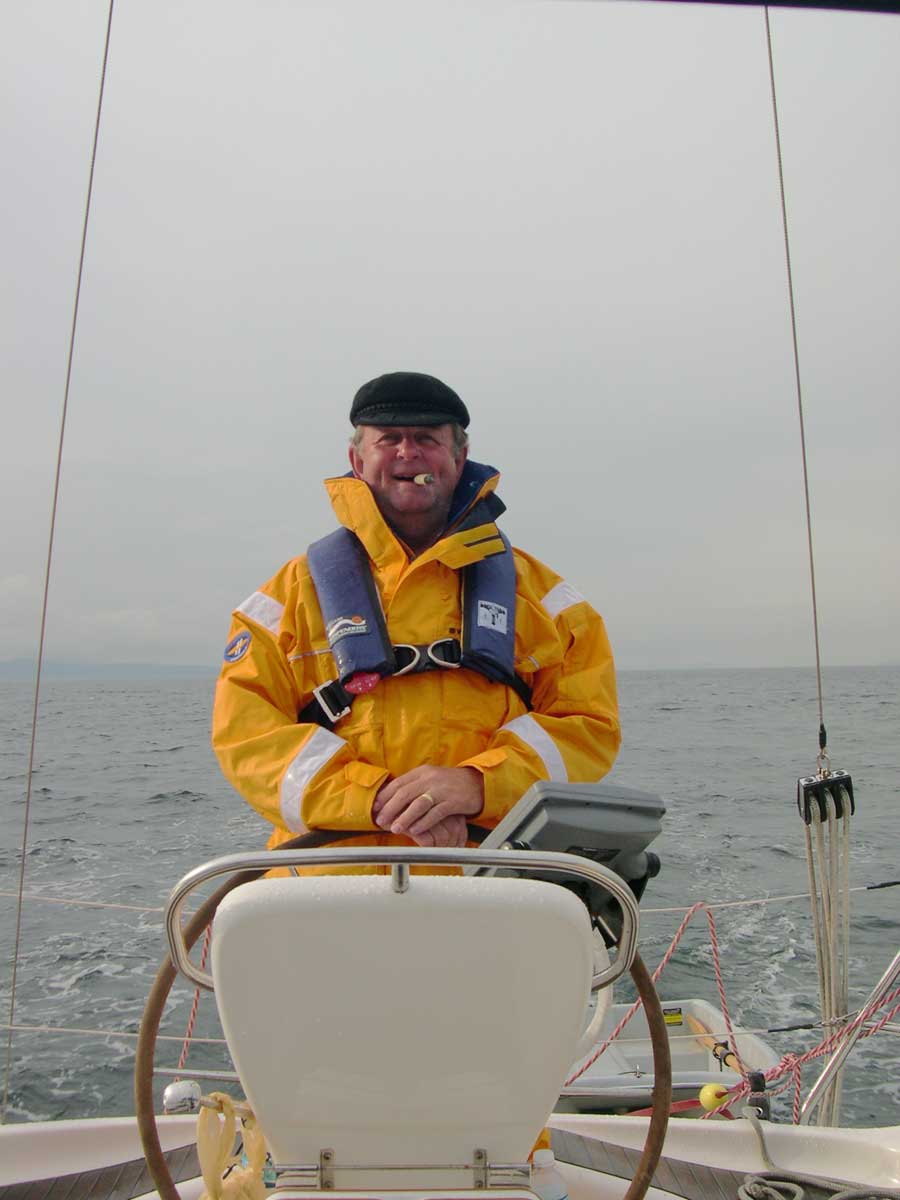As with most organizations, the Border Patrol's old timers (like your author) remember better days. In the Border Patrol it is the fabled "Old Patrol." In the Old Patrol things were harder. You didn't earn much, the supervisors were tougher, the bad guys meaner, you worked the whole day from "can see to can't see" and beyond, and you provided your own equipment.
But on the other hand, men were taller and stronger and completely fearless. Everyone was a signcutter of note; some could even track a buzzard's shadow across a highway. They could run all day and not break a sweat, arrest ten aliens at once and never lose a one, and bad guys quivered in fear at the mere mention of their names. Naturally, they were all crack shots with anything that went "bang." It was a time when men were men and women were damn glad they were.
It's nonsense, of course. Yes, there is an "Old Patrol." If you're a Border Patrolman it is made up of you and the officers who put the badge on before you did. Officers who came in after you are the new guys and the Patrol might not survive their presence. Or so goes the common wisdom. It is within that framework of belief that the following story takes place.
It's 1924 and the Border Patrol has just been established. Two newly-minted managers are out in El Paso, hiring the first officers that would put on the badge. A man comes in for interview and the conversation goes as follows:
"Well, Mr. Jones, you appear healthy enough. Do you own a gun, and can you shoot?"
"Yessir, I do. There are bad men now in coffins who would testify that I can shoot - if they could."
"That sounds like what we're looking for, Mr. Jones. Now do you own a sound horse and a good saddle? You'll be covering a lot of border on a horse."
"Nobody's got a better horse than me. I rode him all the way here from Amarillo with hardly a stop. And tough? He'll run with a tornado just for the sheer pleasure in it."
"You'll do, Jones. Go on out back, get your horse some oats and put him in the corral. We'll get with you when we're done."
And the next candidate comes in.
"So you want to be a Border Patrolman, eh, Mr. Smith? What makes you think you're qualified?"
"Sir, I've ridden these canyons and draws most of my life. I know where the trails and water are and where men hide. If they're out there, I'll find 'em."
"But do you own a pistol and a rifle Mr. Smith, and can you shoot? Some of these are dangerous men we're after."
"Yes, I do, and yes, I can. If it comes to gunplay, I fear no man."
"How about a horse and saddle? You must provide your own, you know."
"Well, sir, I've had a piece of bad luck there. I was riding down here from Alamogordo just this morning and my horse stumbled in a hole and broke his leg. I had to shoot him, but I do have my saddle."
"That is bad luck, Mr. Smith, and not your fault. We have a couple of spare horses and we can let you use one for a day or two until you buy yourself another. Now you go on out to the corral and wait until we're through in here."
So Smith moseys on out to the corral, where he finds Mr. Jones sitting on the top rail, rolling a smoke. Smith throws his saddle on the rail, climbs up, and introduces himself.
"New guy, huh?" says Jones.
"Yup. Just got here from Alamogordo."
"Where's yer horse?"
"Don't have one right at the moment," replied Smith.
"Hmmph," said Jones. "Back in the old Patrol we had to bring our own horses."








